
Known for its deep umami flavor and tangy taste, shoyu tare is the sauce that provides the main flavor for several types of ramen, including shoyu and tonkotsu. In this article, we will not only walk you through our authentic shoyu ramen recipe, but we will also explain how ramen chefs can use shoyu tare to make each bowl of ramen unique and their own.
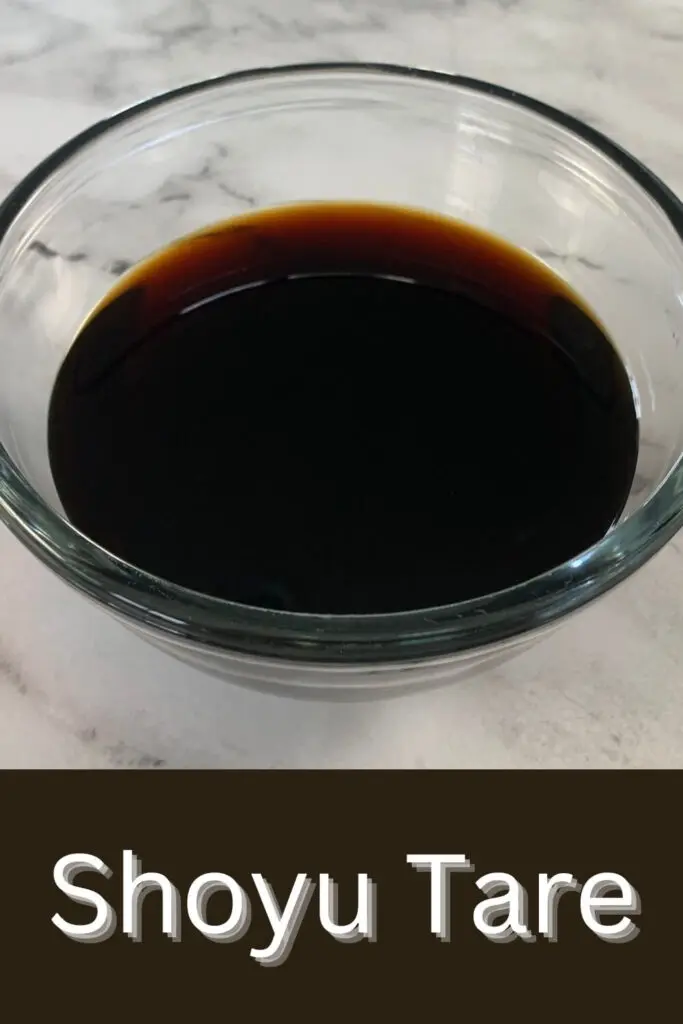
Table of Contents
What is Shoyu Tare?
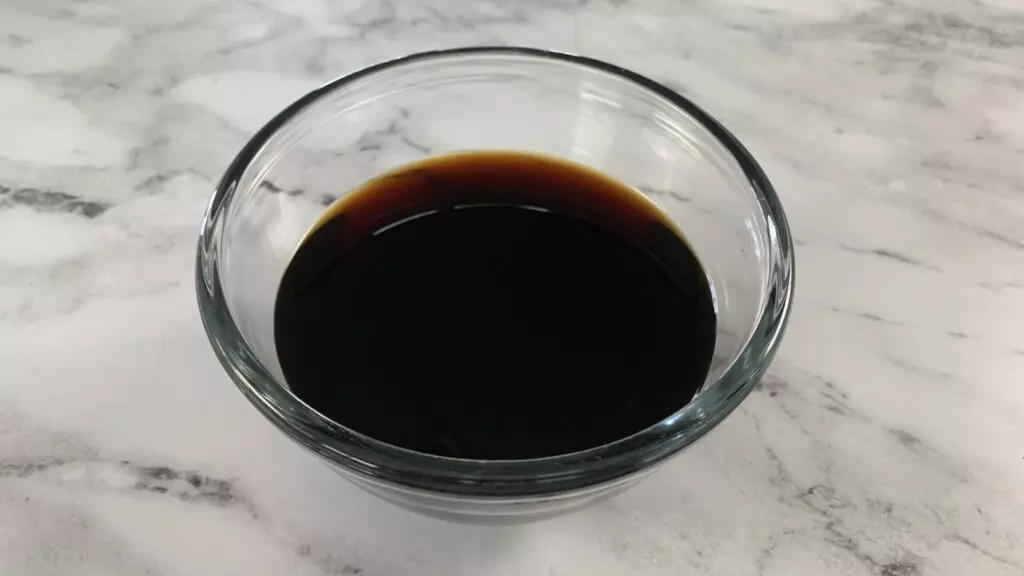
Tare, which literally translates to “sauce” in Japanese, is the one of the five components of ramen. This sauce provides a concentrated flavor source that cooks can use to fine tune the flavor profile of their ramen dishes. The other four components to ramen are the broth, oils or fats, noodles and toppings.
For an authentic shoyu ramen recipe and video that uses this shoyu tare recipe, check out the following article and video: Savory Shoyu Ramen Recipe.
How is Shoyu Tare Used?
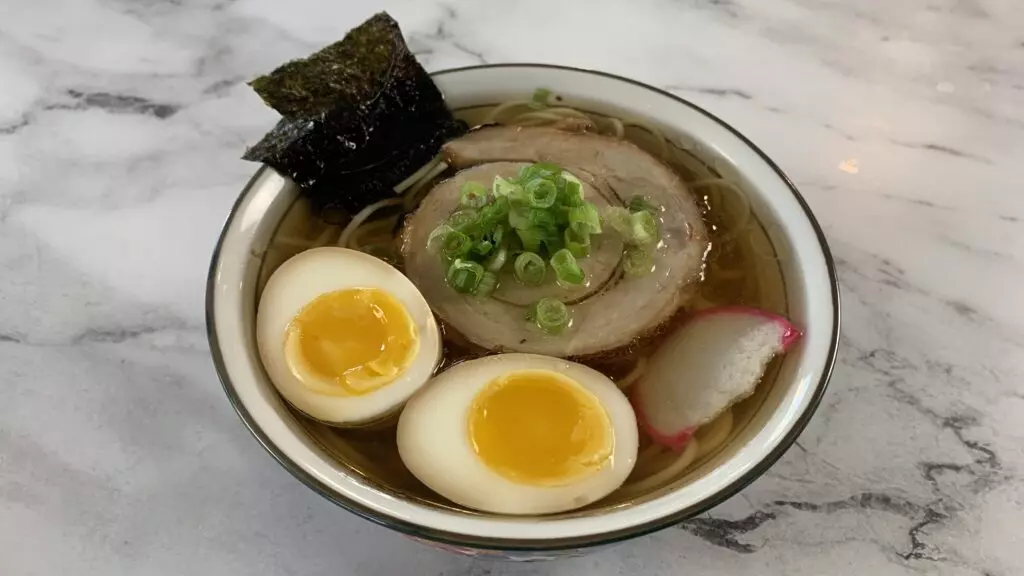
The most popular use for shoyu tare is to provide the defining flavor for ramen dishes. As mentioned above, the tare is one of the five components in ramen. Most ramen chefs add each of the ramen components to the bowl separately so they can assure the proportions are consistent and the flavor is just right for every bowl of ramen served.
When I make ramen, I also add each component to the bowl separately. Typically, I add 1 1/4 cups of broth, two tablespoons of shoyu tare, one tablespoon of oil/fat, one serving of noodles, and the toppings to each bowl. However, be sure to taste your broth prior to adding the noodles or toppings. It’s always better to start out with less tare and add more as needed until you are happy with the taste of your broth.
If you are not making ramen, shoyu tare can also be used as a marinade for meats or a seasoning condiment to flavor soup bases or stir fry dishes.
How do You Make Shoyu Tare?
Preparing shoyu ramen is fairly quick and easy. Below are step-by-step instructions along with a complete recipe and video to aid you in preparing this flavorful sauce.
1. Combine one cup of dashi, one cup of soy sauce, 1/2 cup of mirin, 1/2 cup of sake, two tablespoons of sugar and two dried shittake mushrooms in a sauce pan and slowly bring to a simmer on medium-low heat.
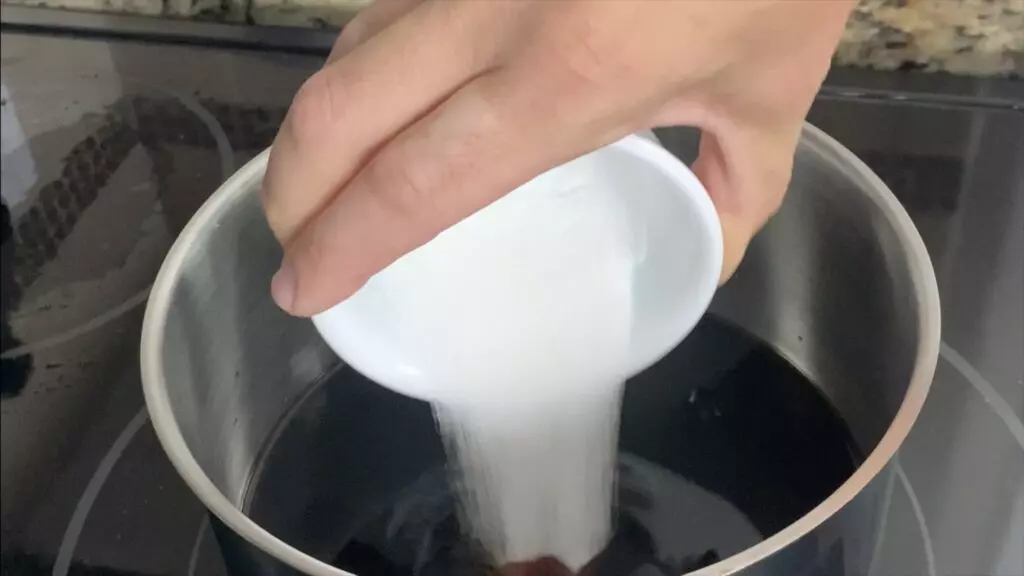
2. While waiting for the mixture to simmer, stir to make sure sugar is dissolved in the mixture. Also, stir the mix occasionally after the sugar is dissolved.
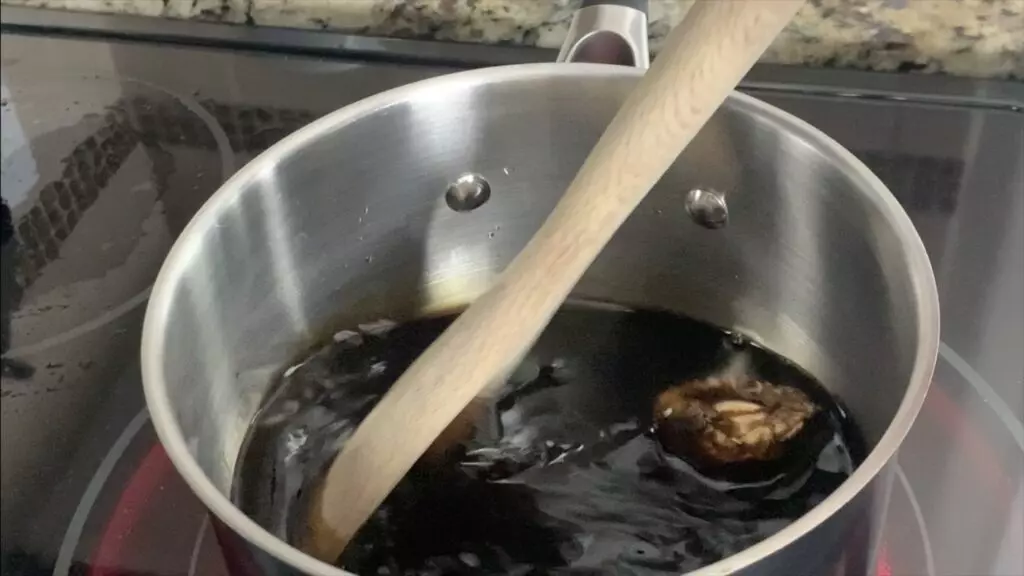
3. Once simmering, remove the shittake mushrooms and allow the remaining mixture to simmer for an additional five minutes.

4. After 5 minutes remove from heat and let cool.
5. Once cool, strain tare into a bowl and enjoy!
Shoyu Tare Recipe
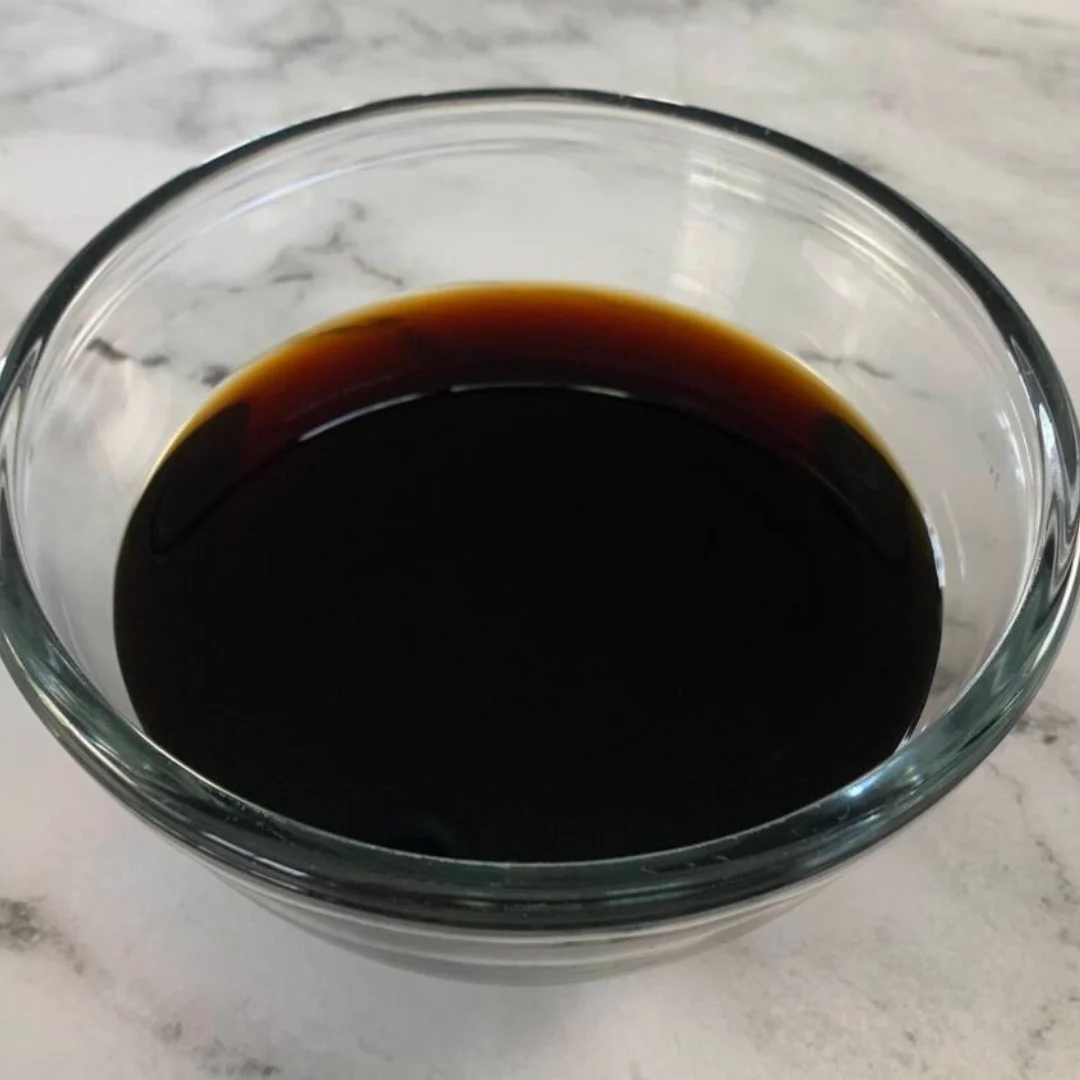
Shoyu Tare Recipe
Equipment
- 1 Sauce pan
- 1 Measuring cup
Ingredients
- 1 cup Dashi
- 1 cup Soy sauce
- 1/2 cup Mirin
- 1/2 cup Sake
- 2 Tbsp. Sugar
- 2 Dried shitake mushrooms
Instructions
- Combine all the ingredients in a sauce pan and slowly bring to a simmer.
- While waiting for the mixture to simmer, stir to make sure sugar is dissolved in the mixture. Also, stir the mix occasionally after the sugar is dissolved.
- Once simmering, remove the shittake mushrooms and allow the remaining mixture to simmer for an additional five minutes.
- After 5 minutes remove from heat and let cool.
- Once cool, strain tare into a bowl.
Video
Nutrition
Frequently Asked Questions
How is shoyu tare used?
Shoyu tare is primarily used as the sauce that seasons several types of ramen, providing a tangy, umami flavor. However, shoyu tare can also be used as a marinade for meats and a seasoning for other Japanese dishes as well.
Is shoyu tare gluten-free?
As soy sauce is a primary component of shoyu tare, it is not gluten-free unless it’s made with gluten-free soy sauce. All the other ingredients in shoyu tare are naturally gluten-free.
Final Thoughts on Shoyu Tare
We hope that you have found this recipe and video helpful as you create delicious ramen dishes to enjoy with your family and friends. Happy cooking!
Check out the below articles for more great recipes:
How to Prepare Ramen Eggs (Ajitsuke Tamago)
Authentic Chashu Pork: Step-by-Step Instructions
Also, for more great videos subscribe to our YouTube Channel.
